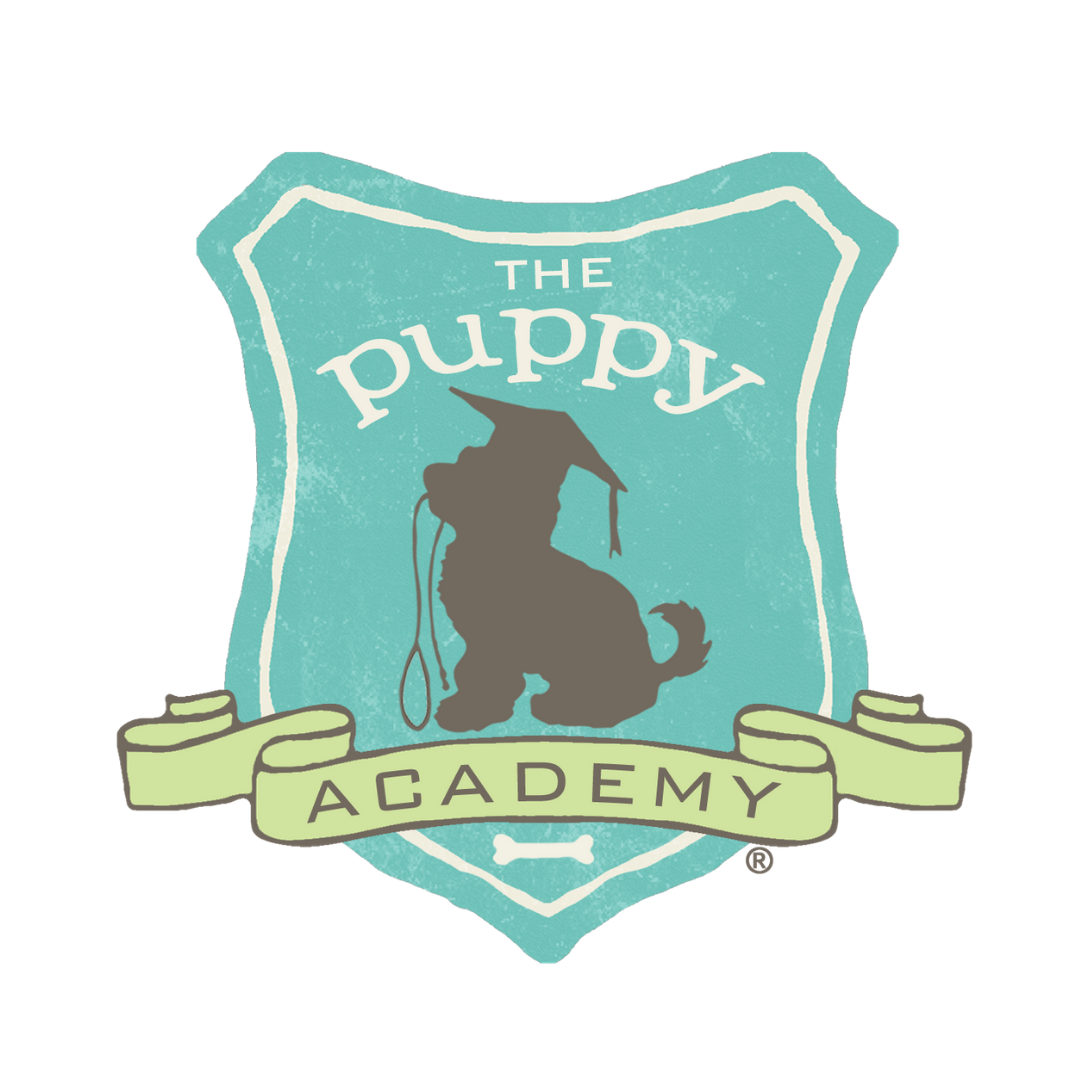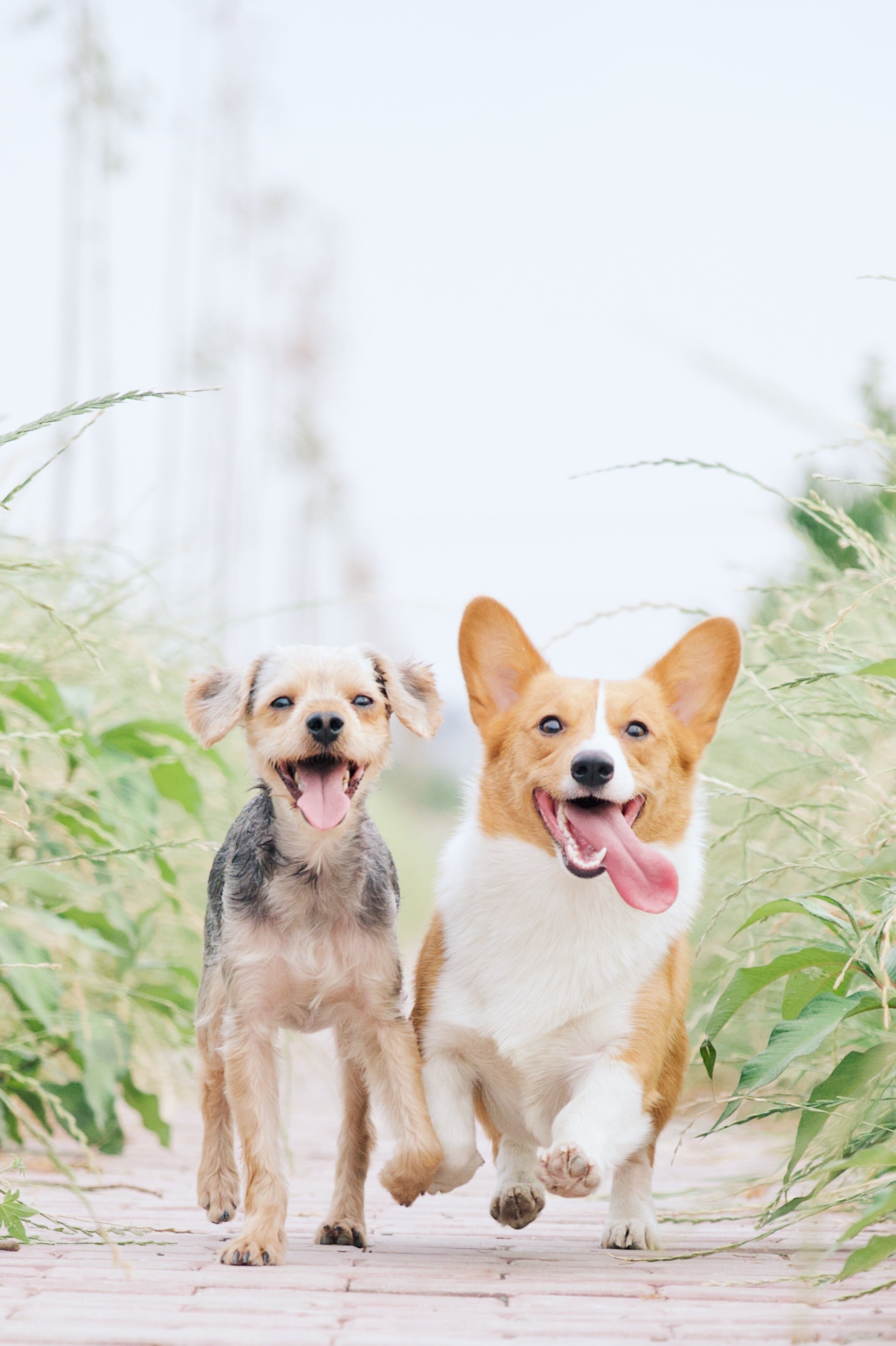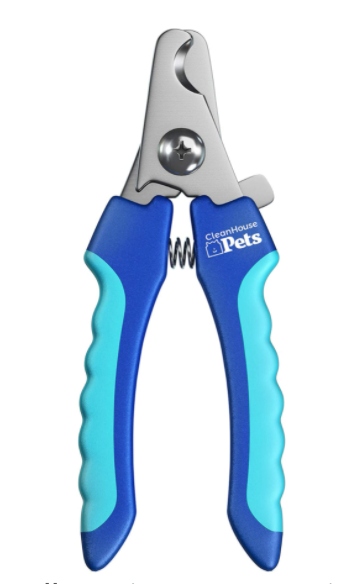Socialization prepares your puppy for interactions with new people and dogs for years to come. Here’s how to plan for and manage this very important growing phase in your puppy’s life.
The Puppy Academy student, Lulu!
The day has finally arrived when you planned on introducing your new puppy to the rest of the family, friends, and the family pup! These first interactions are in your puppy’s early socialization phase which means they are helping lay the building blocks for your puppy’s future interactions with new people and dogs. With the tips that we listed out below, plan these meetings ahead so your puppy has the best experience possible!
JOIN OUR MAILING LIST FOR PUPPY TRAINING TIPS AND VIDEOS EVERY WEEK!
Socializing with the Older Dog(s) in the Home
Some adult dogs just love their new siblings right away! But what if that’s not your case? We’ve heard in the past from clients that bring home a new puppy. Their older dog doesn’t immediately want to play with them and even seems to be bothered by the new puppy. This is totally normal! Every puppy and adult dog has different personalities and temperaments and in particular, with puppies who can have higher energy compared to an adult dog, in some situations it can take a few days of settling in and bonding to really start to get comfortable around each other.
We recommend that when you plan to introduce your new puppy to your older family dog, pick a neutral setting for their first-ever meeting where your older dog can start to build a bond with your puppy. If your pup is a little bit older and already has their vaccinations, start outside start outside with your new puppy and other dog going for a relaxed walk on a leash. Be prepared for the possibility of zig-zagging, sniffing, and tangled leashes, especially if you have a very young puppy that doesn’t know the “Heel” command yet! If your pup is on the younger side, utilize a playpen they can hang out in safely outdoors, and with your other dog on leash, let them approach and sniff out the playpen and new pup from the other side!
Next, when you move their meeting inside your home, put them in a smaller but easy-to-monitor area. Let your older dog get used to the new puppy and supervise their interaction. Sometimes playtime can escalate with a younger puppy that still doesn’t understand the limits between what’s acceptable play and what’s not. We’ll go into more detail about this in a later section. So to keep the interactions positive, keep them short at first, for five to ten minutes at a time with breaks in between to de-escalate excitement when needed!
Crate training is an invaluable asset when it comes to socialization with another dog in the home. Letting your puppy just hang out in their crate while observing the other dog (or vice versa!) helps them to get used to having the other dog present but also introduces them in a calm way. Lastly, crates and playpens also provide your puppy or adult dog a place to get some alone time from interacting with one another and time to recharge.
Socializing with People
Meeting new people at home or outside during a walk, you might notice that your puppy may either get very excited or a bit apprehensive to greet someone. Depending on your puppy’s personality, let’s cover some scenarios and what to do!
If you have family or friends coming over to your house to “meet the puppy” practice a little prep work with your guests! Before someone comes over, let them know that you are in the process of training your puppy to calmly greet people. So, when they arrive at your door, and if your excited puppy is jumping or barking for attention, your guests know to simply walk by your puppy without reaching down to pet them. This begins to teach your puppy that excited behavior won’t beget attention, in fact, the exact opposite. Only when your puppy is calm and settled, then instruct your guests that it’s okay to interact with your puppy. Essentially, you’ve helped reinforce that good, calm behavior will get your puppy the attention that they crave.
But what about puppies that just don’t want to settle down? Again, crate training is key in this situation. Place your puppy in their crate if they are just too excited and let them wait it out. The crate is simply helping you achieve the same result of teaching your puppy calm greetings. The alone time and space will help your puppy relax and, eventually, once they are calm enough, you can let them out to greet the new guests.
Another scenario you may encounter is when you are out with your puppy on a walk. For example, it’s inevitable that with a cute little puppy that some people will want to just run up and pet them! This is an opportunity for a great training session by engaging people to help teach your puppy a calm greeting! Ask them to give your puppy a treat for a calm, “Sit”, and only once your puppy settles and sits, then they can greet your puppy. If your puppy doesn’t know the command “Sit” just yet, just ask them to wait until your puppy settles down before approaching and giving them a treat or a pet.
What about nervous or more reserved puppies? How do you handle meeting new people? First, we recommend that you don’t force your puppy to interact with people or dogs for that matter if they are showing signs of being anxious or nervous. There is a common misconception that you should try to break a puppy “out of their shell” to get them to socialize, but in fact, that can reinforce their anxiety about strangers. This is when we encourage puppy owners to practice socialization through existence.
Existence Training
@heybert_co
What does it mean to train your puppy to simply exist in new places or around new people and dogs?
Let’s look at what socialization means first...There’s a misconception that “socialization” means having your puppy meet as many people and dogs and places as possible in the first few months of life. We’ve seen two different outcomes from this belief. The first are puppies with explosive energy every time they meet a new person, dog, or go somewhere new. And second, reinforcement of apprehension in puppies that are more reserved or nervous about meeting new people and dogs.
So, existence is simply letting your puppy settle and observe things happening around them while remaining in a calm state like a “Sit”, “Down”, and or “Stay”. If your puppy doesn’t know those commands just yet, you can just hold your puppy next to you on a leash and let them watch as the world passes by. Or, practice redirecting your puppy’s attention with food and their leash, by calling their name and luring them back to you each time people or other dogs walk past them and reward your puppy for being engaged and calm in their setting.
Here are a few exercises that you can try! We do recommend that you read up on our “Place” command training blog before trying these.
-Start to teach your puppy the “Place” command at home. Designate a spot, like a pet cot, for example, and have your puppy just stay there while the family goes about their activities. This encourages your puppy to learn how to stay put in their place even when things are happening around them.
-Next, move “Place” training to your backyard or front porch using your puppy’s designated Place target (their pet cot). Again, have them go to their “Place” and just stay there while observing the yard, animals, people and dogs walking by, etc.
-Eventually, once your puppy can comfortably handle staying for periods on their “Place” at home and outside, move “Place” training to a public setting like a park. Practice the same steps from the previous exercises but be prepared that with a new setting there will be far more distractions and you may have to reset and give your puppy more frequent breaks.
Practice these “Place” training exercises for a few minutes at a time, rewarding your puppy with food or treats for staying in their place and remaining calm. As they continue to progress, you’re essentially training your puppy to be okay just existing in a variety of new environments around new people and dogs. Doing this will strengthen your puppy’s confidence but also encourage them to stay engaged with listening and staying with you.
Playtime: What It Should Look Like & What to Look Out For
Puppy playtime should be a balancing act of give and take. You will notice that when puppies play together, at some points one puppy will show submissive behaviors like a play bow or go belly up. Then there will be a switch when they will start to pounce or even play nip at the other puppy, and display more dominant behaviors. All of these actions are normal and help teach puppies the right ways of playing with one another and establish boundaries.
But, these are puppies we’re talking about and there will be instances that you need to look out for to interject during playtime. For example, if you regularly let your puppy play with submissive puppies, and they begin to demonstrate more and more dominant behaviors, this may continue to translate over to other play with other dogs later on, eventually escalating. By allowing those behaviors to continue on submissive puppies, you are empowering your puppy to “bully” other puppies and disrupting the balance in playtime.
And that goes the other way, too! If you allow your puppy to take on the submissive role over and over during playtime with other more assertive puppies, you may inadvertently create anxiety in your puppy about playing with other dogs later on.
There is body language to look for when puppies are playing together that can help clue you in if something is about to happen. For example, less confident puppies may start to drop their ears, crouching behind you or other things, and giving you wide whale eyes, if the other assertive puppy isn’t backing down. This is a perfect situation in which you as your puppy’s leader should step in and break up the play. Both to teach them not to bully the other puppy, but also, if your puppy is the submissive one, to advocate for them.
In the event that your high-energy puppy is playing with another high-energy puppy, you might notice they are riling each other up. This playtime might result in lots of nippiness and noise, like barking or growling. Be prepared to also intervene if their behaviors start to become more and more frequent as they can escalate to a fight. Give your puppy a break from playtime, perhaps even redirect their energy into puppy training for a few minutes, before allowing them to play again.
Takeaways When it Comes to Socializing Your Puppy!
We covered a lot in this blog so we wanted to give a brief rundown of the key points to remember:
Start in neutral settings, and controlled areas like a playpen when introducing your puppy to the adult family dog.
When meeting new people, practice calm greetings. Prep your family, friends, and even instruct strangers that want to meet your puppy to only interact with your puppy if they are calm, and not jumping for attention.
Don’t force nervous puppies to interact right away. Let them work on simply being around new people and dogs.
Practice existence training by teaching your puppy to stay in their “Place” while watching activities happening around them at home, in your yard, and eventually out in public.
Look out for submissive and dominant behaviors during playtime. It should be a balancing act. When you notice too much of one type of behavior, intervene and advocate for your puppy and pause play when needed.
Have more questions about socializing your new puppy? Join us every Wednesday at 1 pm PT on Instagram @thepuppyacademy to ask one of our trainers live!
Check out these blogs related to puppy training and more!
Puppyhood Made Easy for New Owners: Grooming Essentials!
Puppyhood Made Easy for New Owners: Grooming Basics for Puppies!
Puppyhood Made Easy for New Owners: How to Prevent Nipping, Chewing, and Jumping!















